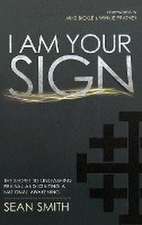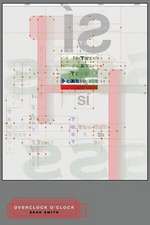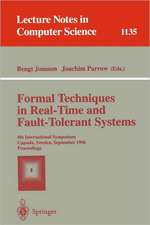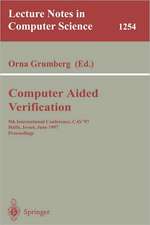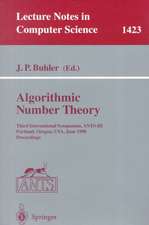The Internet of Risky Things
Autor Sean Smithen Limba Engleză Paperback – 30 dec 2016
By 2020, the Internet of Things (IoT) will consist of millions of computational devices intimately connected to real-world aspects of human life. In this insightful book, Professor Sean Smith, who worked in information security long before the web appeared, explains that if we build the IoT the way we built the current internet and other information technology initiatives, we're headed for trouble.
With a focus on concrete solutions, The Internet of Risky Things explains how we can avoid simple flaws that have plagued several dramatic IT advances in recent decades. Developers, engineers, industrial designers, makers, and researchers will explore design patterns of insecurities and learn what's required to route around or fix them in the nascent IoT.
- Examine bugs that plague large-scale systems, including integer overflow, race conditions, and memory corruption
- Look at successful and disastrous examples of previous quantum leaps in health IT, the smart grid, and autonomous vehicles
- Explore patterns in coding, authentication, and cryptography that led to insecurity
- Learn how blunders that led to spectacular IT disasters could have been avoided
Preț: 173.12 lei
Preț vechi: 216.41 lei
-20% Nou
33.13€ • 34.46$ • 27.35£
Carte tipărită la comandă
Livrare economică 15-29 aprilie
Specificații
ISBN-10: 149196362X
Pagini: 240
Dimensiuni: 164 x 228 x 13 mm
Greutate: 0.33 kg
Editura: O'Reilly
Descriere
Discussions about the IoT generally go in one of two directions: we're either headed for a rosy future or a dystopia. Whatever the impact, it's bound to be big with an estimated 25 billion networked devices coming online by 2020. In this insightful book, author Sean Smith explains that if we build the IoT the way we built the current Internet, we're headed for trouble.
He offers concrete answers rather than questions and fear. This is not the first time that information technology has taken quantum leaps into new territory. Smith, who began working in information security long before the Web, provides several examples of past forays into the future that went wrong because of simple flaws.
You'll explore what he calls "design patterns of insecurities" and what developers, engineers, industrial designers, makers, and researchers can do to avoid or fix them in the nascent IoT.Examine bugs that plague large-scale systems, including integer overflow, race conditions, and memory corruption Look at successful and disastrous examples of previous quantum leaps in health IT, the (already) smart grid, and autonomous vehicles Explore patterns in coding, authentication, and cryptography that led to insecurity Learn suggestions for fixing blunders that led to spectacular IT disasters
Notă biografică
Professor Sean Smith has been working in information security--attacks and defenses, for industry and government--since before there was a Web. In graduate school, he worked with the US Postal Inspection Service on postal meter fraud; as a post-doc and staff member at Los Alamos National Laboratory, he performed security reviews, designs, analyses, and briefings for a wide variety of public-sector clients; at IBM T.J. Watson Research Center, he designed the security architecture for (and helped code and test) the IBM 4758 secure coprocessor, and then led the formal modeling and verification work that earned it the world's first FIPS 140-1 Level 4 security validation.
In July 2000, Sean left IBM for Dartmouth, since he was convinced that the academic education and research environment is a better venue for changing the world. His current work, as PI of the Dartmouth Trust Lab and Director of Dartmouth's Institute for Security, Technology, and Society investigates how to build trustworthy systems in the real world.
At Dartmouth, many of his courses have been named "favorite classes" by graduating seniors. His book Trusted Computing Platforms: Design and Applications (Springer, 2005) provides a deeper presentation of this research journey; his book The Craft of System Security (Addison-Wesley, 2007) resulted from the educational journey.
Sean has published over one hundred refereed papers; been granted over a dozen patents; and advised over three dozen Ph.D., M.S., and senior honors theses. He and his students have won several "Best Paper" awards.
Sean was educated at Princeton and CMU, and is a member of Phi Beta Kappa and Sigma Xi.




